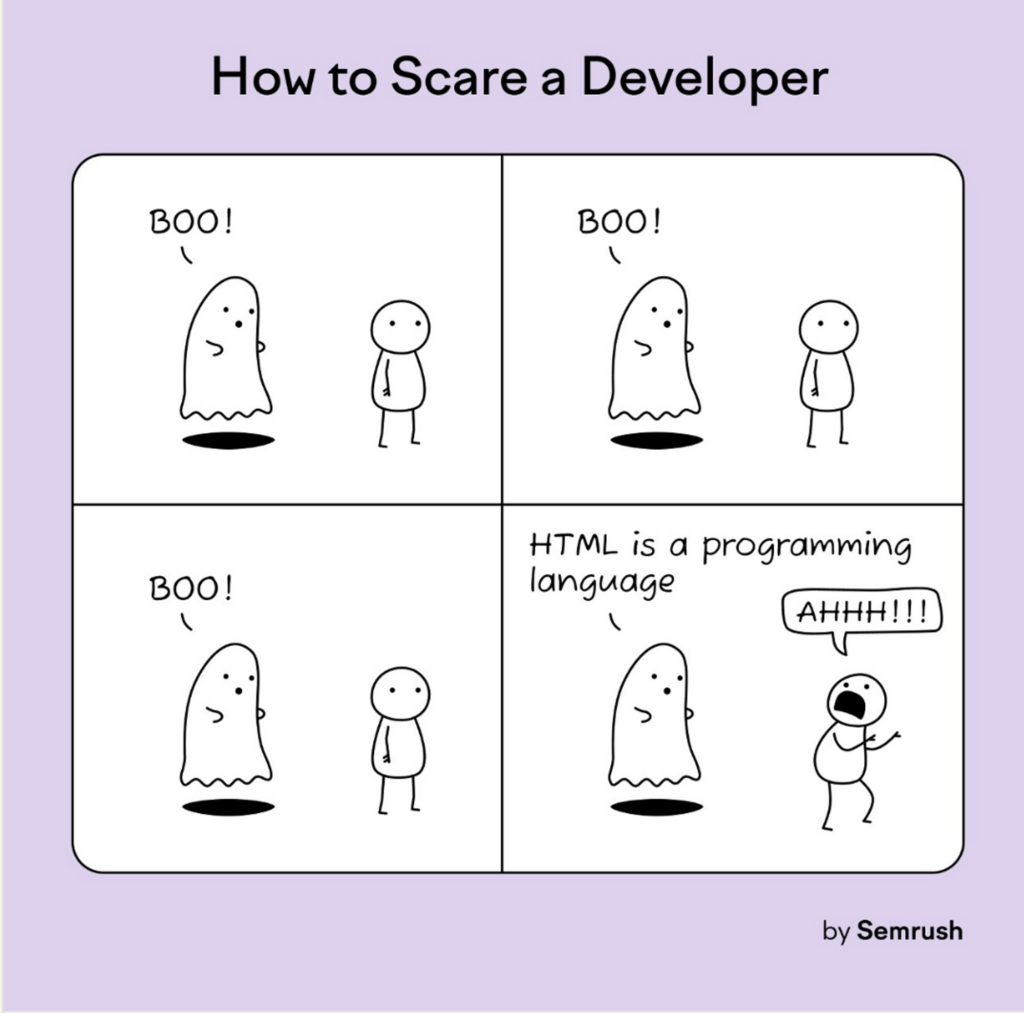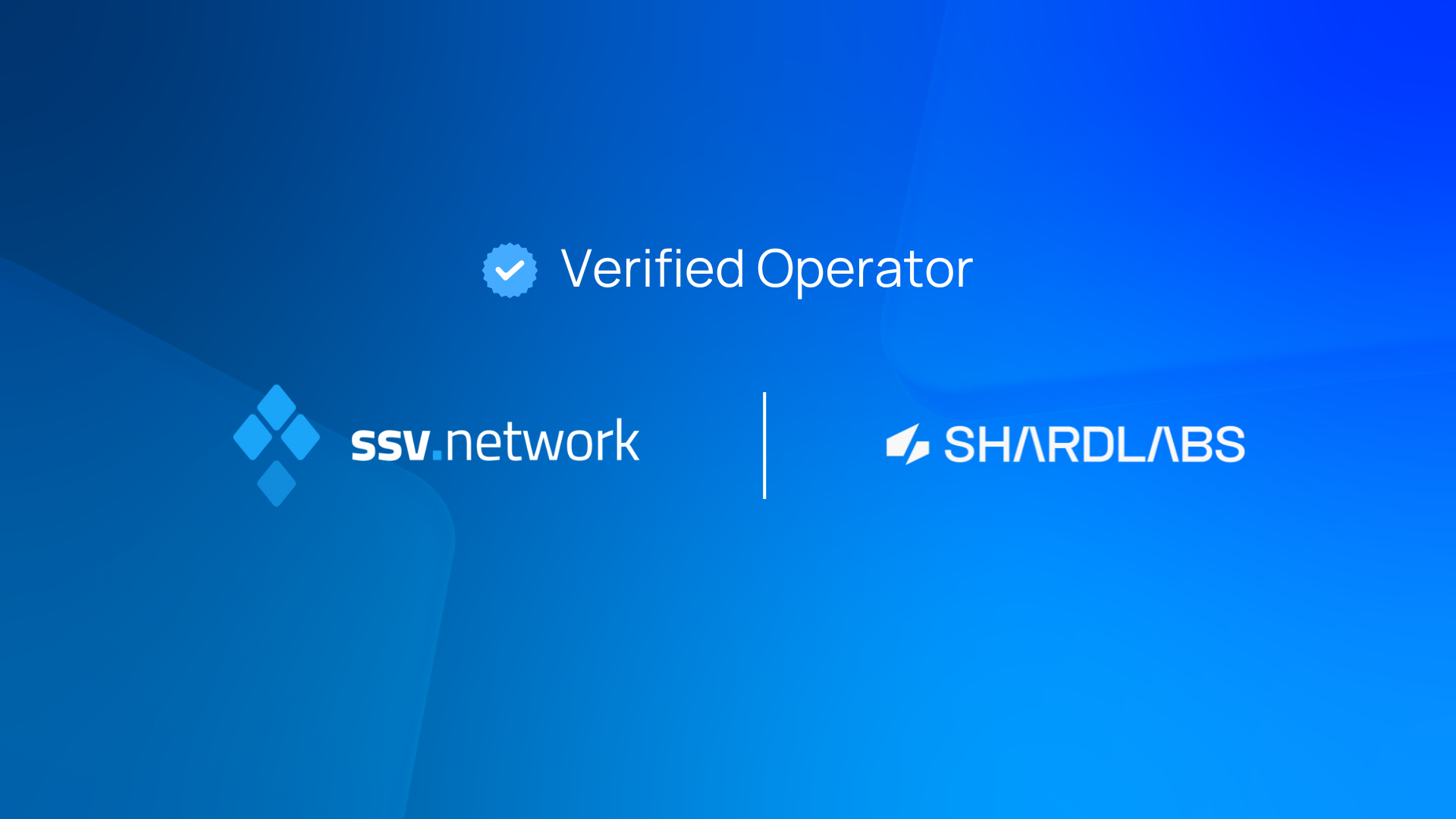Blockchain may seem like a daunting technology to learn, but just like everything else – it is not hard if you start on the right track and with the right resources 😊
So, if you want to make a career as a blockchain developer here is where you should start!
Skills
Before we start with tools and resources, let’s sum up the skills every blockchain developer must possess:
- Web3 terminology
- Programming languages
- Data structure
- Cybersecurity & Cryptography
- Cryptonomics knowledge
- Knowledge of smart contracts
- Blockchain architecture knowledge
Let’s go, skill by skill with a list of resources that will help you. 🙂
Web3 terminology
Web3 refers to the third generation of the World Wide Web, which emphasizes the decentralization of the web through the use of blockchain technology. It is designed to allow individuals to have greater control over their online data and to facilitate the development of decentralized applications (dApps) that operate on a decentralized network. Let’s see the top 3 articles where you can get more familiar with the terminology that has been used in Web3:
- Basic concepts to get you started
- Common Web3 terms you need to know
- Glossary: All the Terms You Need to Gear Up for Web3
Programming languages
There are several programming languages that are commonly used in the development of blockchain applications. Some of the most popular ones include:
Solidity is a high-level language designed specifically for writing smart contracts that run on the Ethereum platform. It is based on JavaScript and is influenced by C++, Python, and other languages.
Simplicity is a programming language specifically designed for the development of smart contracts and decentralized applications (DApps) on the blockchain. It is a high-level, functional programming language that aims to provide a simpler and safer alternative to languages like Solidity for writing smart contracts.
C++ is a high-performance, general-purpose programming language that is often used to build blockchain applications because of its efficiency and flexibility.
Python is a popular, general-purpose programming language that is known for its simplicity and ease of use. It is often used to build blockchain applications because of its large and active developer community and the availability of libraries and frameworks for blockchain development.
JavaScript is a widespread, interpreted programming language used to build web applications. It is often used to build blockchain applications because of its widespread use and the availability of libraries and frameworks for blockchain development.
Rust is a systems programming language that runs blazingly fast, prevents segfaults, and guarantees thread safety. It is often used to build blockchain applications because of its performance, safety, and concurrency support.
Cairo is A STARK-based Turing-complete language for writing provable programs on blockchain. Cairo enables developers to use proof technology.
There are many other programming languages that can be used to build blockchain applications, and the choice of language often depends on the specific requirements and goals of the project.

Data structure
The data structure of a blockchain is designed to be resistant to modification of the data, and it allows multiple parties to reach a consensus on the state of the data without the need for a central authority. This makes it an attractive technology for a variety of applications, such as secure and transparent record-keeping, supply chain management, and financial transactions.
Check these top 6 picks from the Shard Labs team to learn more about data structure in the blockchain:
- Blockchain Data Structure
- Blockchain Merkle Tree
- Verkle trees
- Ethereum block structure explained
- Structure of a Bitcoin Block
- What are Blockchain Layers and how do they work
Cybersecurity & Cryptography
Cybersecurity and cryptography are essential for protecting against digital threats and ensuring the confidentiality, integrity, and authenticity of information in the digital world. Read more about it:
Rivest-Shamir-Adleman algorithm (RSA)
Elliptic Curve Digital Signature Algorithm (ECDSA)
Cryptonomics
One of the key features of cryptocurrencies is that they are not issued or controlled by any central authority, such as a government or financial institution. Instead, they are created and managed through a process called mining, in which a network of computers works to solve complex mathematical problems in order to validate and add transactions to the blockchain.
To understand better cryptonomics we have selected a few sources that can help you out:
Understanding the cryptonomics concept
Everything you need to know about Tokenomic thread by @Cov_duk
Crypto Tokens vs Coins — What’s the Difference?
What is a bull or bear market
Smart contracts
A smart contract is a self-executing contract with the terms of the agreement between buyer and seller being directly written into lines of code. The code and the agreements contained therein are stored and replicated on a blockchain network.
Smart contracts can be used in a variety of industries, including supply chain management, real estate, and finance. For example, a smart contract could be used to automate the process of buying and selling real estate, enabling the transfer of ownership to be recorded on the blockchain and triggered when certain conditions are met. Learn more about smart contracts:
Introduction to smart contracts
What is a Smart Contract (video)
How To Create Your First Smart Contract
Introduction to dApps
Blockchain architecture
There are several different types of blockchain architectures, including public, private, and consortium blockchains. Public blockchains, such as the Bitcoin and Ethereum networks, are open to anyone and do not require permission to join. Private blockchains, on the other hand, are restricted and require permission to access. Consortium blockchains are a hybrid of public and private blockchains and are typically owned and operated by a group of organizations.
The design of a blockchain’s architecture can have significant implications for its security, scalability, and performance. It is important to carefully consider the specific requirements and constraints of a given use case when designing a blockchain architecture.
More useful information about blockchain architecture:
Blockchain Architecture 101: Components, Structure, and Benefits
Designing a Blockchain Architecture: Types, Use Cases, and Challenges
Additional resources:
Why Blockchain Development Will Be a Must-Have in the Developer Toolkit
Blockchain Developer Roadmap
Ethereum Whitepaper
Bitcoin Whitepaper
Why Decentralization Matters
The Meaning of Decentralization
https://vitalik.ca/
List of universities offering blockchain/crypto courses
17 Books for web3 builders via a16z
FreeCodeCamp.org 16hrs long FREE video course
Dapp University
Consensys Academy
UseWeb3.xyz
Chainlink Developer Bootcamps
WeAreDevelopers
If you want to keep up with the news on what Shard Labs is currently working on, follow us on Twitter and Medium. If you have any questions for us, feel free to reach out.
This article is also published on Shard Labs Medium, where people are continuing the conversation by highlighting and responding to this story.


